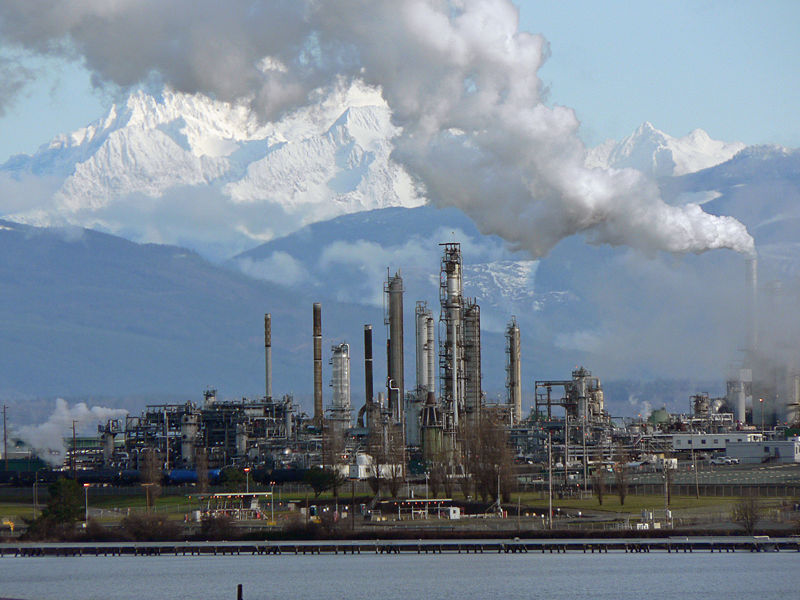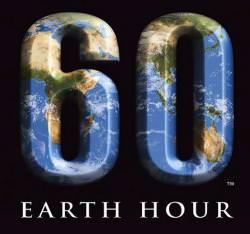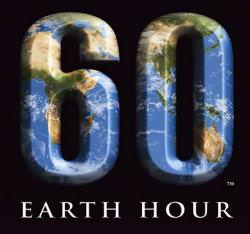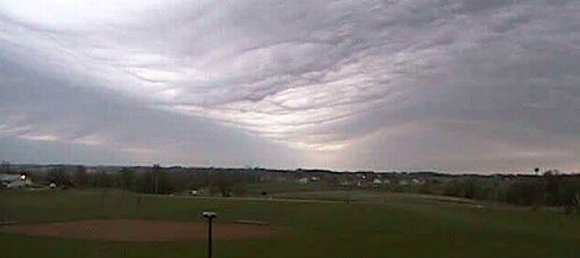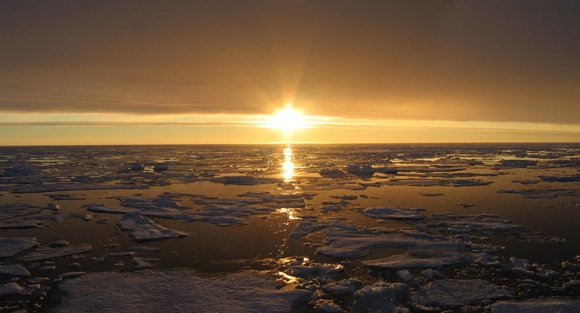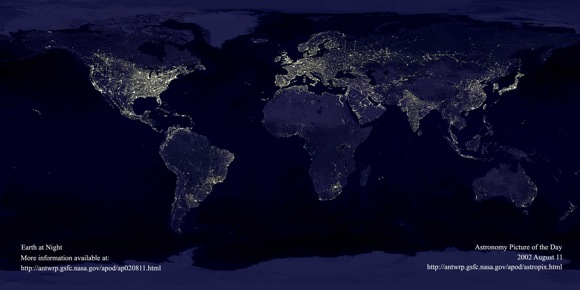It appears the Earth’s climate has the ability to naturally regulate atmospheric carbon dioxide levels. Historic records extracted from ice cores show quantities of CO2 have varied widely in the last hundreds of thousands of years. This evidence appears to support the global warming critics view that current observations of the human-induced greenhouse effect is actually naturally occurring and the effects of carbon on the climate is over-hyped. However, a new study shows that although carbon dioxide levels may have been larger in the past, the Earth’s natural processes had time to react and counteract global warming. The current trend of industrial emissions has been far more accelerated than any historic natural process, natural climate “feedback loops” cannot catch up to remove CO2 from the atmosphere.
More bad news about the outlook for our climate I’m afraid. It would appear that the carbon dioxide emissions we have been generating since the Industrial Revolution have increased too rapidly for the Earth’s natural defences to catch up. This new finding comes from the analysis of bubbles of air trapped in ancient ice in Antarctica, dated to 610,000 years ago.
Long before man started burning coal and oil products, the Earth would naturally generate its own carbon emissions. The main polluters were volcanic eruptions, sending millions of tonnes of carbon dioxide into the atmosphere. Surely this had an effect on the state of the climate? Apparently so, but the increased levels of carbon dioxide produced by individual eruptions could be dealt with naturally over thousands of years. The climate wants to be in balance, should one quantity increase or decrease, other mechanisms are naturally triggered to bring the system back into equilibrium.
These mechanisms are known as “feedback loops”. Feedback loops are common in nature, should one quantity change, production of other quantities may speed up. In the case of the carbon emission from volcanic activity, levels of the stuff appear to have been controlled by a natural “negative feedback” loop (akin to a carbon thermostat, when carbon dioxide levels were too high, another process was triggered to remove the carbon dioxide from the atmosphere). However, the sustained atmospheric input of industrial burning of carbon dioxide by human activity has dwarfed historic volcanic carbon output, overwhelming any natural negative feedback mechanism.
This new study is published in the journal Nature Geoscience and carried out co-author Richard Zeebe. In an interview at the University of Hawaii, Zeebe comments on the climate’s ability to remove carbon dioxide from the atmosphere: “These feedbacks operate so slowly that they will not help us in terms of climate change […] that we’re going to see in the next several hundred years. Right now we have put the system entirely out of equilibrium.”
Zeebe and his team noticed that the levels of carbon dioxide and atmospheric temperature correlated, rising and falling together. “When the carbon dioxide was low, the temperature was low, and we had an ice age,” he said. His study states that in the last 600,000 years the carbon dioxide levels have fluctuated only by 22 parts per million. Since the 18th century, human activity has injected 100 parts per million. Humans have increased the quantity of carbon dioxide 14,000 times more than any natural process is capable of doing. This increase has negated any chance for the climate to naturally bring carbon dioxide levels back down to pre-industrial levels in the short term. If we were to stop all emissions tomorrow, it would take the planet hundreds of thousands of years to recover naturally.
Sadly, we’re not even close to slowing carbon emissions. Only last week, the US reported that carbon dioxide levels were up 2.4 parts per million during 2007 alone. The future is bleak for the planet balancing back into its prehistoric atmospheric carbon equilibrium…
Source: Reuters

